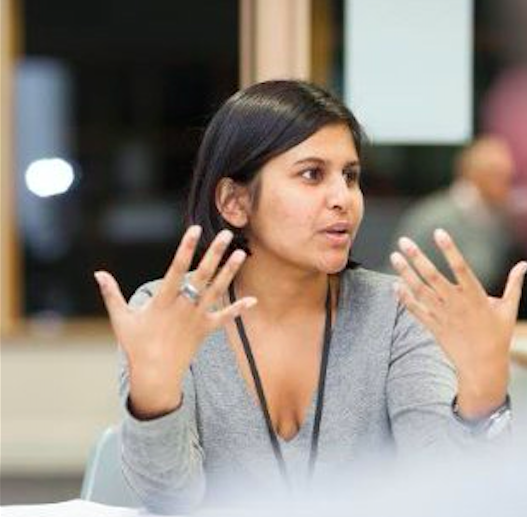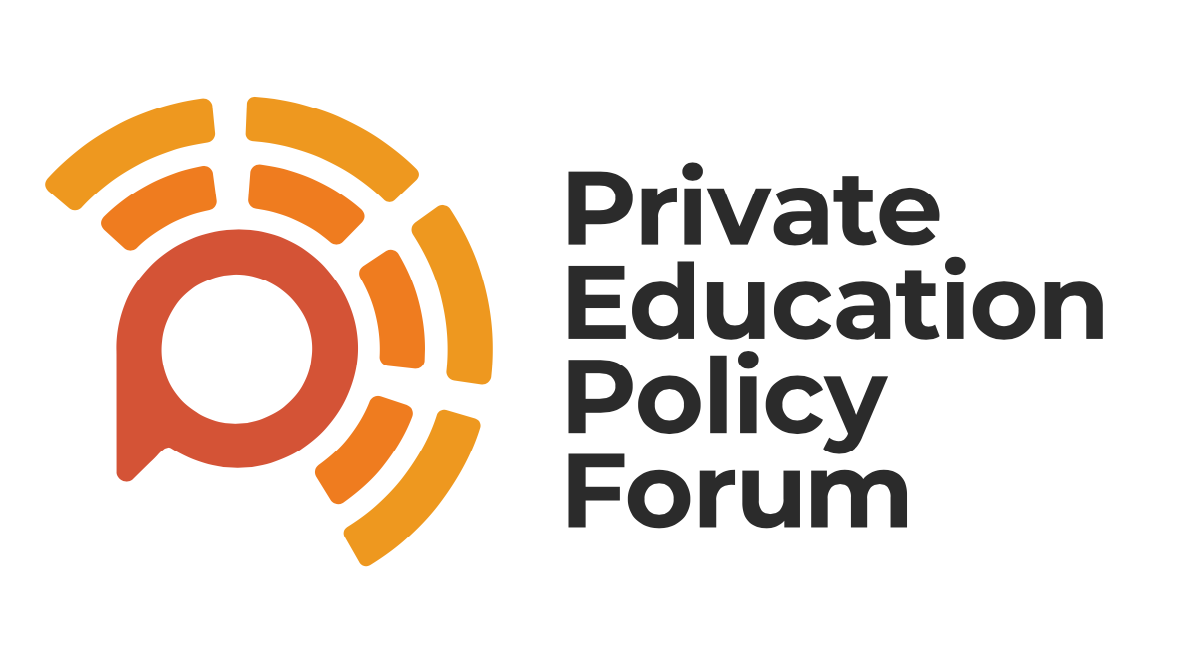
Taz Rasul
I have two vivid memories from 2011, as the UK government trebled the university annual tuition fee cap from £3,000 to £9,000. The first is of students and academics flooding the streets of university towns in protest. The second is of David Lammy’s shaming of undergraduate admissions at Oxbridge, which stayed in the headlines for a while. The data had shown it to be much harder for black and state-educated students to get in. “That’s so annoying,” I thought. “He’s absolutely right, but he’s making my job harder.”
My job that year was to get more people from underrepresented backgrounds into the University of Cambridge. As Access Officer, I sat on committees that negotiated admissions and student funding, and ran projects exposing kids from underrepresented backgrounds to life at Cambridge. The basic approach was to find ways to ‘make up for’ the advantages these kids did not have.
That approach could be applied to everything. On committees, admissions staff discussed whether entry grades could be lowered to some students, to make up for their schooling or personal circumstances. This is called ‘contextualising admissions’. In outreach work, we paired school kids with Cambridge students to make up for a lack of exposure to role models, valuable connections and sources of advice. For current students, we campaigned for more generous and widely available bursaries to make up for the financial support that students from state schools lacked in greater proportion.
Over the year I learned more and more about the security that private schools afforded to their pupils. Back then, UK private school students were about one fifth more likely to apply to Cambridge in the first place; when they did, they were about one fifth more likely to be successful. That included all tiers of private schools, let alone the Etons, Winchesters and Harrows. And you could see that trend clearly when new undergraduates in a new town already had groups of old friends from school help them settle in. In fact, I remember talking to a student in a bar who assumed so freely that she was amongst her people that she casually expressed how stupid comprehensive school students must be. Her brazen arrogance was exceptional, but the assumption that all Cambridge students had the same educational background was not.
It came to feel like working in elite university access was like packing golden tickets. We were innovating ways to get tickets into the hands of the Charlie Buckets, but elsewhere the Salts were gearing entire factories towards unearthing the rest of them. There was always more that universities could do to make admissions fairer: we could have pooled our resources; worked more strategically; and been less precious about our ‘elite’ public image. But really, we would always have been working against the tide. If we had ever found a way to neutralize the competitive advantage of fee-paying schools, many of those schools would no longer be worth the fee. It seemed more of a zero sum game than many independent school advocates might have us believe.
Of course, when you see the admissions statistics day in day out, you know it’s not only a ‘state versus private school’ issue. ‘State versus private’ is one simplistic nod to much broader social class disparity, and it intersects with other disparities in ethnicity, disability and region. This was very apparent to me as a state comp student who grew up in London (where pupil funding is higher) and with university-educated relatives who made this route seem more familiar. Nevertheless, there are reasons why I was the only person from school who went to Cambridge in years, in contrast to my counterparts in the private sector.
So despite the genuine care and innovation of access staff and volunteers, it became clear that years of tinkering around the edges could not ‘make up for’ the factors that caused the admissions disparities. They were systemic in nature, so putting some golden tickets in lucky places didn’t make the system as a whole fairer. When David Lammy highlighted this again in 2017, it was just as true and far less professionally painful to see. Access initiatives in schools and universities can, for many people, mitigate a system that tends to solidify class separation and hierarchy. But why mitigate the system when you can change it?
Having since worked in other equality-related sectors, I notice the private education advantage in the wider world. The data on the educational backgrounds of judges, doctors, artists and other professionals is well-known. But even in the movements for race and LGBT+ equality, I hear the voices of privately-educated people disproportionately. The social connections and added security of a private education may mean an LGBT+ or BME person is less likely to be hungry, homeless or a victim of violence during their lives – fantastic! But if public debate and policy-making is driven by advocates who are better insulated from these experiences, then we deprioritize some of the most urgent injustices and vulnerable people in our communities. To worry that this is happening in equality work itself is not right.
So a change to the divided system of education is needed. This must include contextualised university admissions, as it sometimes does. But for systemic change, we need to radically alter school admissions too, so that social networks and university/career expertise are better dispersed and class sizes are fairer across schools. It won’t create an absolute equal playing field in university access, but it could be more effective than golden tickets alone. And when university admissions are fairer, our social movements are more representative and the wider world is more just too.
Taz Rasul is an ex-Cambridge student and former access officer for Cambridge University Students’ Union. She’s a London-based charity manager currently working for an LGBT+ organisation, where she supports young LGBT+ campaigners to work in schools. On the side, she volunteers for education and widening participation charities.



